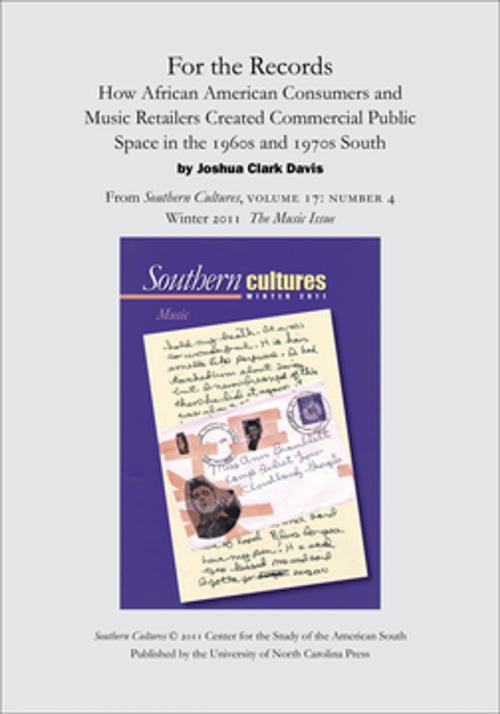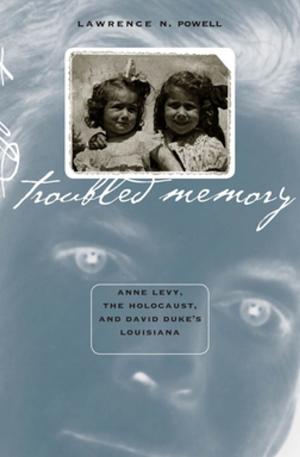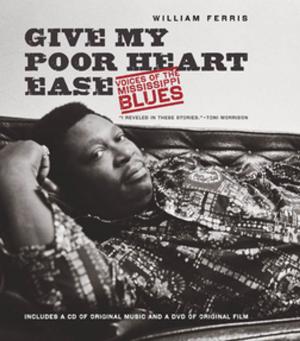For the Records: How African American Consumers and Music Retailers Created Commercial Public Space in the 1960s and 1970s South
An article from Southern Cultures 17:4, The Music Issue
Nonfiction, Entertainment, Music, Theory & Criticism, History & Criticism, Reference, History, Americas, United States| Author: | Joshua Clark Davis | ISBN: | 9780807872550 |
| Publisher: | The University of North Carolina Press | Publication: | December 1, 2011 |
| Imprint: | The University of North Carolina Press | Language: | English |
| Author: | Joshua Clark Davis |
| ISBN: | 9780807872550 |
| Publisher: | The University of North Carolina Press |
| Publication: | December 1, 2011 |
| Imprint: | The University of North Carolina Press |
| Language: | English |
Record selling certainly had its glamorous moments; retailers could regale younger customers with stories of nightlife and even rubbing elbows with famous musicians and celebrities."
African-American owned and operated record stores once provided vibrant venues for their communities, and close to 1000 of these shops operated in the South during their heyday.
This article appears in the 2011 Music issue of Southern Cultures.
Southern Cultures is published quarterly (spring, summer, fall, winter) by the University of North Carolina Press. The journal is sponsored by the University of North Carolina at Chapel Hill's Center for the Study of the American South.
Record selling certainly had its glamorous moments; retailers could regale younger customers with stories of nightlife and even rubbing elbows with famous musicians and celebrities."
African-American owned and operated record stores once provided vibrant venues for their communities, and close to 1000 of these shops operated in the South during their heyday.
This article appears in the 2011 Music issue of Southern Cultures.
Southern Cultures is published quarterly (spring, summer, fall, winter) by the University of North Carolina Press. The journal is sponsored by the University of North Carolina at Chapel Hill's Center for the Study of the American South.















